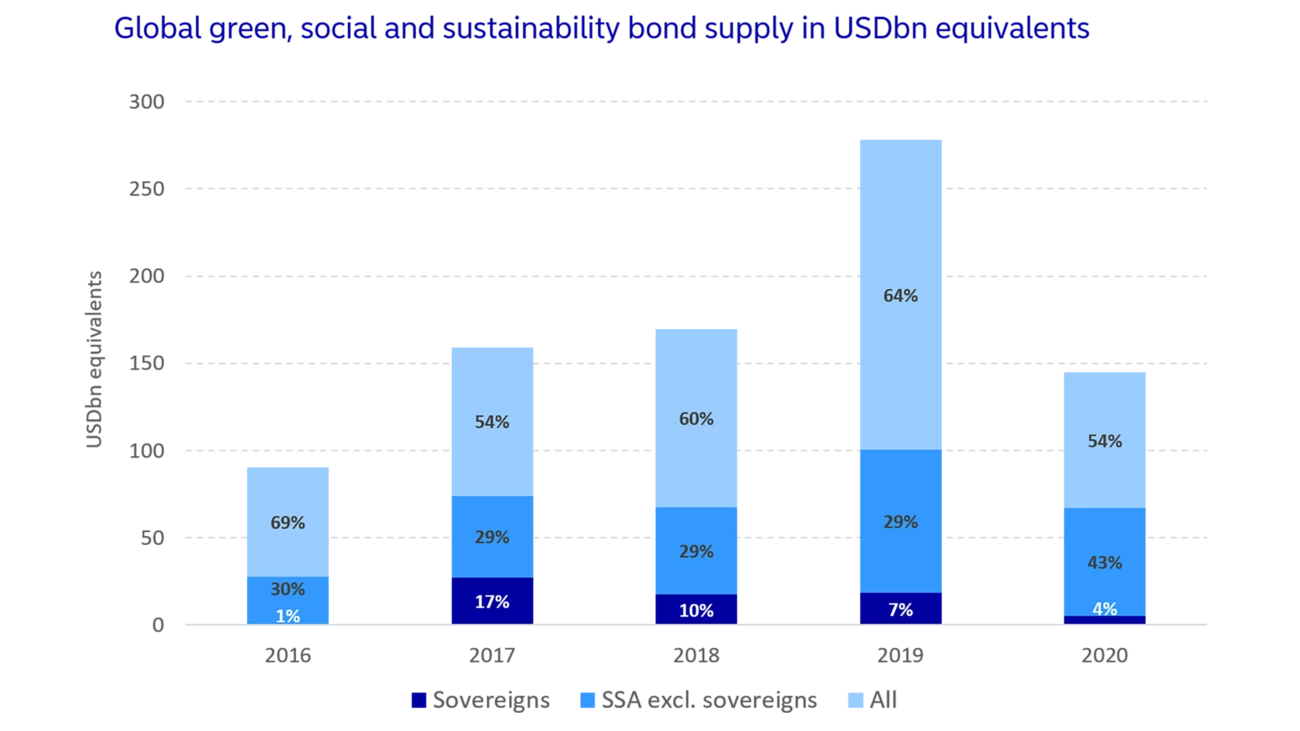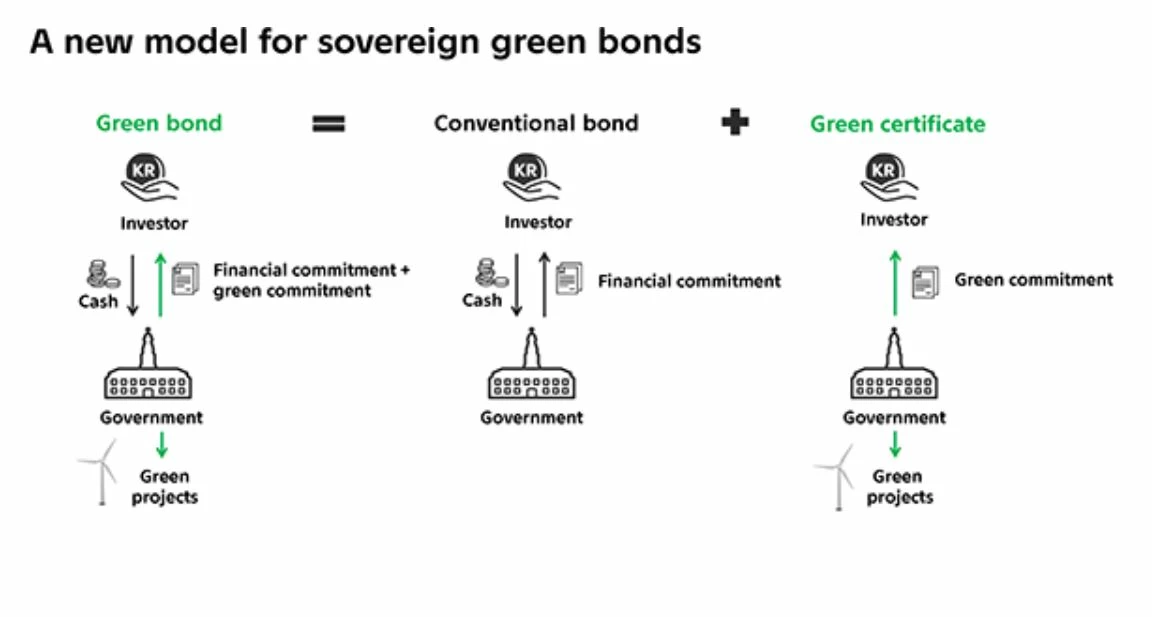Below we have summarised the key pillars of the framework:
Use of proceeds
Categories included in the framework are:
- Renewable energy and energy efficiency
- Pollution prevention and control
- Environmentally sustainable management of living natural resources and land use
- Terrestrial and aquatic biodiversity conservation
- Clean transportation
- Sustainable water and wastewater management
- Green buildings
- Expenditures related to nuclear power, fossil energy, new investments in large-scale hydropower or purely management grants are not included.
- Eligible green expenditures are limited to central government budget expenditures and do not include foregone central government tax revenue resulting from environmental or climate considerations, or expenditures financed by state-owned companies, regions or municipalities.
Nordea reflections:
- The framework covers the majority of the categories included in the Green Bond Principles and is connected to Sweden’s environmental targets and the Sustainable Development Goals (SDGs) in a clear manner.
Selection of Projects
The selection of expenses to be funded by green bonds must meet the following three mandatory criteria:
- The expense must substantially contribute to at least one of the environmental objectives.
- The expense cannot do any significant harm to another environmental objective.
- The expenditure should be likely to contribute to long-term net positive environmental results and effects.
A portfolio of proposed green expenditures will be selected and collated as a recommendation of eligible green expenses by the Swedish Government Offices, with help from experts when required, to be handed over to the government.
The portfolio of eligible green expenditures will be approved through a government decision.
Nordea reflections:
- Follows the same eligibility criteria as the EU Taxonomy, with green expenses requiring substantial contribution to environmental objectives and which cannot do any significant harm to other environmental objectives.
- The inclusion of mandatory criteria for a project to be eligible is a positive development of sovereign green bond frameworks, and the level of the criteria puts high pressure on the selected projects to be truly green and is a great way to make the process even more transparent and aligned with EU developments.
- Special recognition is also given to both life-cycle analysis and reflections on social consequences and the risk of lock-in effects.
-
Management of Proceeds
The National Debt Office is responsible for issuing Swedish Green bonds. The proceeds are monitored and documented by the National Debt Office according to specific procedures and are managed within the ongoing liquidity and debt management.
Once the Swedish green bonds have been issued, an amount corresponding to the amount issued will be allocated to the portfolio of eligible green expenses that has been selected and approved in advance. The National Debt Office uses a register/virtual account for this purpose.
The National Debt Office will publish the final balance for the register/virtual account following the publication of the an Annual Report for the state, submitted by the Government. The National Debt Office is responsible for reporting to investors.
Nordea reflections:
- The section is clear, concise and well aligned with market best practices. It is positive to see that the National Debt Office will publish the final balance.
Reporting
The National Debt Office will publish an investor report no later than the fourth quarter of the year following the issue of the Swedish Green bonds and thereafter annually if considered relevant by the National Debt Office.
The investor report should include the allocation of proceeds, for the issued green bonds, between the eligible expenses included in the eligible expense portfolio.
The investor report should include an impact report, which describes the positive environmental effects from the green expenditures to the extent such information is presented in the regular environmental target reporting, or other available reporting. The impact indicators will be selected to correspond to the expenditure objective.
The investor report strives for transparency, realistic assumptions and robust control. The report will be compiled in collaboration with the Swedish Environmental Protection Agency.
Nordea reflections:
- It is positive to note that the report will be compiled in collaboration with the Swedish Environmental Protection Agency, as this should add further strength to the impact assessments.
- The section also provides indications to the methodological backdrop of GHG emissions, which is positive as it adds transparency and shows thoroughness in the outline of reporting.
External Review
The Swedish Government Offices have appointed an independent external reviewer, the Center for International Research Climate and Environmental Research (CICERO), which has evaluated the Green Bond Framework and provided a Second Party Opinion.
The National Debt Office’s documentation of the use of proceeds and the register/virtual account will be part of the National Debt Office’s Annual Report and is thereby subject to the review procedures that apply to all Swedish authorities.
Nordea reflections:
- Cicero’s Second Party Opinion includes both a Dark Green shading and Excellent governance score. Both are the highest available and highlight the strength of the framework.
- A third-party audit is referenced as being part of the overall reporting procedure applicable to all Swedish government agencies. Again, this highlights a strong focus on transparency and governance.
About the authors:
Ebba Ramel is an analyst in Nordea’s Sustainable Bonds team.
Jacob Michaelsen is Head of Sustainable Finance Advisory at Nordea.





